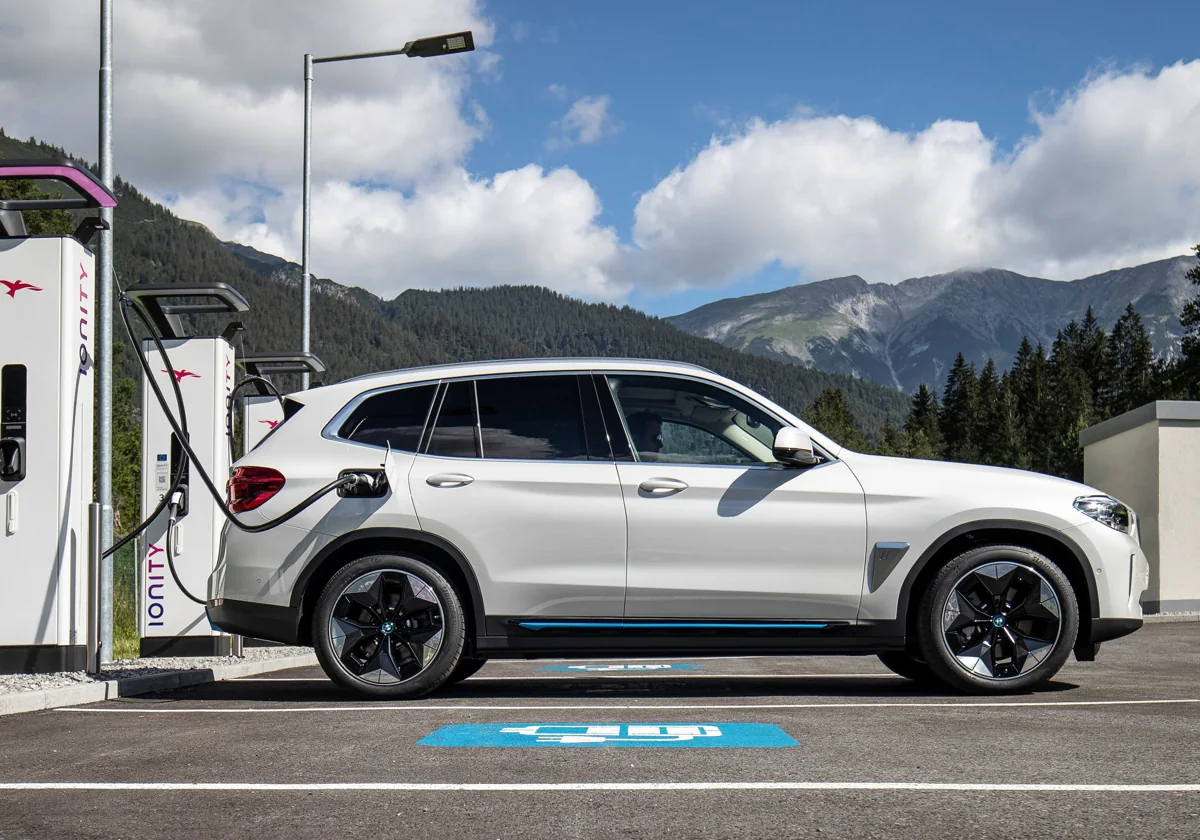More and more 100% electric vehicles are circulating in our cities. And realizing that going from refueling at a gas station to charging at a charging point may require some additional advice, write them down so that you can make the most of the experience and avoid unpleasant surprises.
For example, if your trip lasts longer than your car’s range, you’ll need to charge your electric car along the way. That’s why planning is key, according to Ionity, the first pan-European high-power charging network, try to make sure your battery is 100% charged before starting your trip. Once on the road, depending on the range of the vehicle and leaving a little reserve in case the battery runs out, it will be necessary to search through currently available applications where the ultra-fast charging stations are and whether the chargers are operating.If possible, charge at less busy times, e.g. early morning or late afternoon. It’s also better on weekdays rather than weekends.
To pay comfortably at the best price, you have several options. When you buy an electric car, the brand will most likely provide you with a mobility service provider (MSP), sometimes offering discounts for a period of time. The second way is through the apps provided by many charge point operators (CPOs), such as Ionity, for charging and paying for their infrastructure. Through the QR code on the charger, you can download the CPO APP or be redirected to the website to interact with the charger and pay for charging. The third way is to use a bank card directly, but many chargers still do not have this function. Although at European level, this feature will be mandatory for new chargers installed from April 2024.
Additionally, if your plans include frequent travel, be sure to ask about the savings and loyalty programs offered by charging stations. One of them is Ionity, which offers the Ionity Passport rate, a monthly rate with no permanent commitment of €11.99 that allows you to charge ultra-fast at €0.45/kWh, which means 0.20 The current rate for discounted EUR/kWh in Spain is EUR 0.65/kWh.
While this depends on the car model, generally speaking, the lower the battery charge, the faster the electric car will charge. Therefore, in order to better utilize the charging power, as long as your route allows, it is recommended to try to reach a charging station with a state of charge (SOC) lower than 20%. Also, keep in mind that once an electric vehicle reaches 80% state of charge, it will charge significantly slower. Charging from 80% to 100% takes the same time as charging from 20% to 80%. Therefore, unless necessary for travel, it is recommended to charge to 80%.
Likewise, it is recommended to carry a type 2 charging cable when traveling, i.e. a trickle charger. More and more wireless slow chargers are being installed, so it is recommended to travel with a charging cable to be able to charge. When you arrive at your destination, if there is no “official” charger for electric cars in the parking lot, it is recommended that you use a charger with a “normal household” plug (called a Schuko). You can find an outlet in your garage to slowly charge your car overnight. Since you sometimes can’t park it where that plug is, it’s recommended to use an extension cord that allows for more than 10 amps.
This household cable is usually included with the purchase of an electric car. Of course, the power infrastructure we’re in always supports it as long as the agency we’re in authorizes it.

